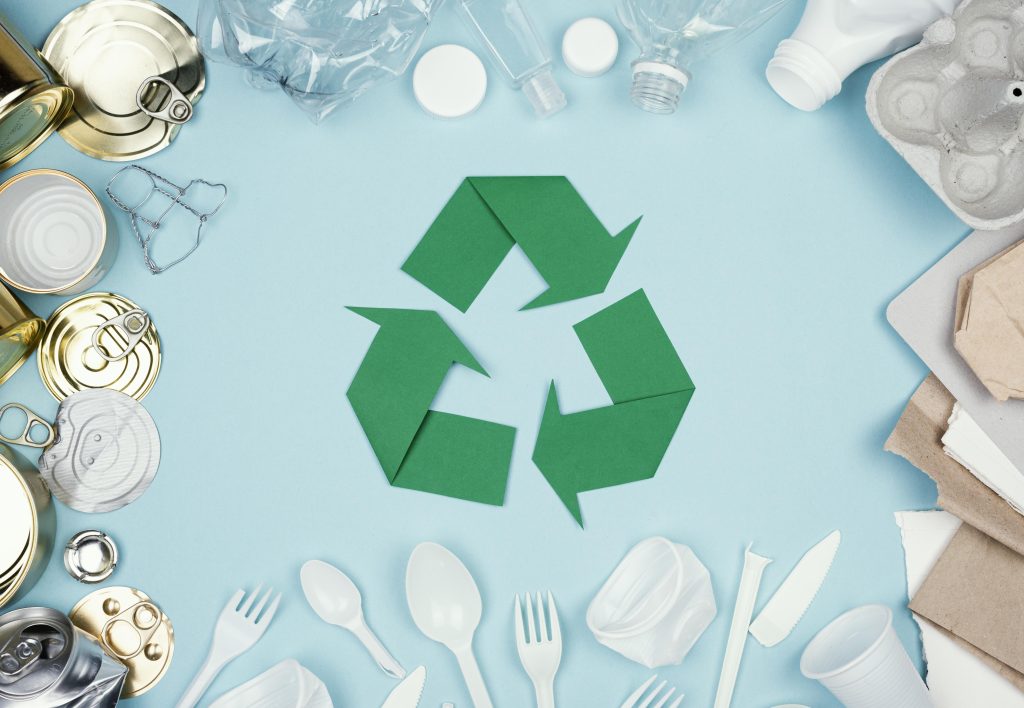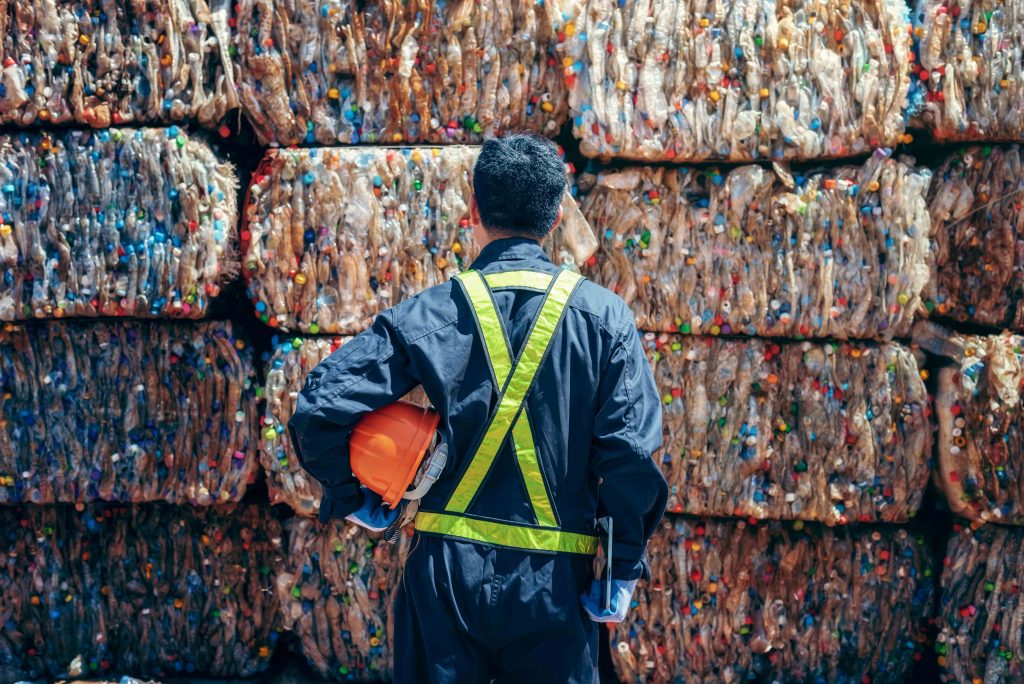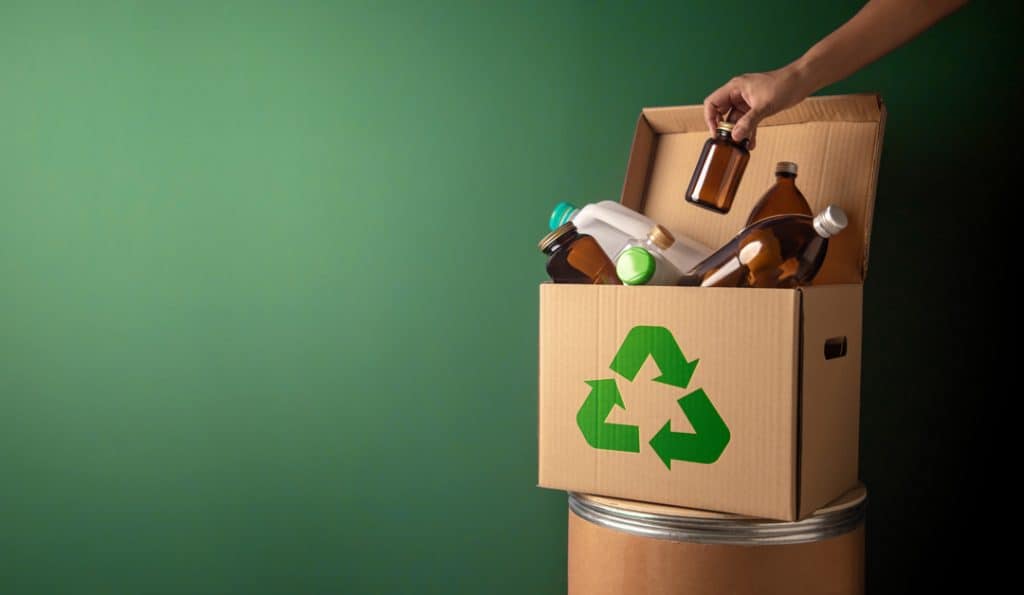Polytag’s Mat Roberts tackles packaging’s triple bind: new rules, rising eco-demands and a recycling system in need of reform
Heightened sustainability expectations, rapidly evolving regulations and consumer demand for transparency are reshaping how fast-moving consumer goods (FMCG) businesses think about packaging. The once-linear model of “make, use, dispose” is no longer viable. Instead, brands are being called to design packaging that supports a circular economy, one in which materials are kept in use for as long as possible, waste is minimised, and environmental impact is reduced.
This transition is far from straightforward. It demands structural change, new ways of thinking, and technological innovation across the value chain. In particular, the industry faces three interconnected challenges: adapting to new regulatory obligations, embedding circular design principles, and navigating the commercial and infrastructural limitations of our current recycling system. Addressing these issues is essential if we are to build a truly sustainable packaging future.
Navigating changing regulations
The regulatory landscape for packaging in the UK has become significantly more complex, with the introduction of measures such as Extended Producer Responsibility (EPR) and increases in Plastic Packaging Tax (PPT). EPR in particular marks a shift in how responsibility is assigned, placing the financial and operational burden of packaging waste firmly on producers. Under the new rules, brands must provide detailed data on the recyclability of their packaging and contribute more to the cost of managing waste.
To comply with EPR effectively, brands need greater visibility into the lifecycle of their packaging. This means understanding where, when, and how much of their plastic packaging is actually recycled. Without this level of detail, it becomes extremely difficult to submit accurate EPR reports or substantiate recyclability claims. Robust, real-time data is not just a compliance requirement, it is a strategic tool that can inform packaging choices and support wider sustainability efforts.
Designing for circularity
Meeting the standards of a circular economy begins with intentional, informed packaging design. That means selecting materials that are widely recyclable, avoiding composite materials that are difficult to process and ensuring the packaging format facilitates recycling at end of life.

However, even the most thoughtfully designed packaging can fail to be recycled if consumers are unclear about how to dispose of it. Unfortunately, current labelling systems can be ambiguous or misleading. As someone who has worked in the packaging industry for over 16 years, I still occasionally find myself questioning whether certain items, such as plastic-lined cardboard trays, are genuinely recyclable or not. If this confusion exists within the industry, it is unreasonable to expect the average consumer to know what to do.
This is where packaging can also serve as an educational tool. Clear, consistent labelling – and increasingly, smart packaging solutions such as QR codes – can offer dynamic, location-specific guidance to consumers. Beyond providing recycling instructions, these tools can communicate a product’s environmental credentials, such as recycled content or carbon footprint, helping consumers make more sustainable choices.
Equally important is the ability for brands to use lifecycle data to inform packaging design decisions. By analysing when, where and how their packaging is recycled, or not, brands can make data-driven changes, such as swapping out poorly recycled materials for alternatives with higher recovery rates. This feedback loop between recovery and design is crucial to creating packaging that is not just recyclable in theory but actively recycled in practice.
Commercial and infrastructural challenges
Designing packaging for recyclability is only part of the equation. For packaging to complete the circular loop, it must be successfully collected, sorted, and reprocessed. Here, the UK faces significant infrastructure challenges.

Unlike countries such as France, which has implemented a national recycling labelling scheme and standardised collection systems, the UK operates a fragmented patchwork of local authority recycling schemes. This regional inconsistency results in confusion, inefficiency, and ultimately, lower recycling rates. A product recyclable in one area may end up in general waste in another, simply because the local infrastructure cannot process it.
The economic reality also presents a serious obstacle. At present, virgin plastic remains cheaper than recycled plastic, due to low recycling yields and limited availability of high-quality recyclate. This disincentivises the use of recycled materials and undermines efforts to shift away from fossil-heavy packaging. Brands are effectively caught between environmental ambition and economic constraint.
To reverse this trend, we need to increase both the quantity and quality of recycled material entering the supply chain. This will not only reduce our dependence on virgin plastics but also help bring down the cost of recycled content, making it more commercially viable for brands to incorporate. Achieving this requires national investment in more sophisticated sorting technologies, harmonisation of collection systems, and better data sharing across the packaging value chain.

Building a circular packaging system
Brands should not have to choose between sustainability and business viability to solve these challenges. Instead, the industry needs to align regulatory, environmental and commercial interests through better design, better data, and better infrastructure.
As we move towards a circular economy, packaging will need to evolve beyond its traditional function. It must become smarter, more transparent, and more accountable. Brands need to re-evaluate their packaging strategies, not just to meet regulatory obligations, but to future-proof their businesses, satisfy consumer expectations, and contribute meaningfully to climate and resource efficiency goals.

There is no single solution, but there are clear, actionable steps we can take as an industry. We must improve the traceability of packaging materials through the supply chain and into recycling systems. We must empower consumers with the information they need to dispose of packaging responsibly. And we must design packaging that is not only technically recyclable, but actually recycled at scale.
This is not just a challenge, it is an opportunity to lead. By reassessing our packaging choices today, we can help build a more resilient, resource-efficient packaging system for tomorrow.
Mat Roberts is Project Delivery Lead at Polytag.
Visit: https://polytag.io/ to learn more.






